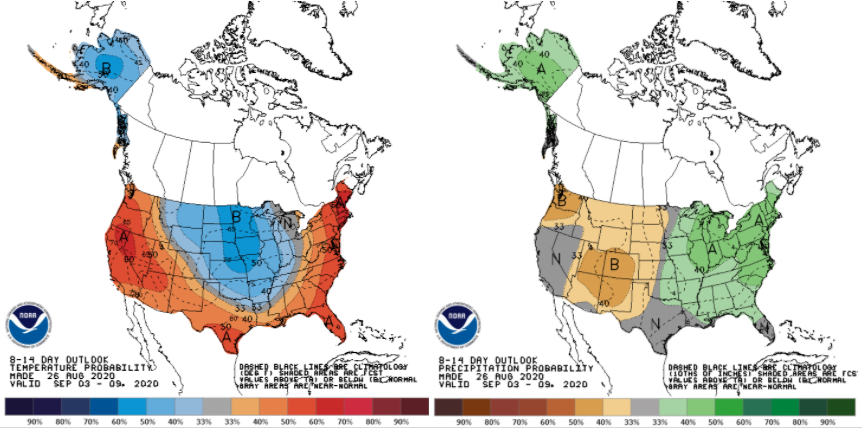
After the last several weeks of predominantly dry conditions, the national climate outlooks are finally showing confidence that temperatures should start shifting to cooler than normal and precipitation will be wetter than normal (Figure 1).

After the last several weeks of predominantly dry conditions, the national climate outlooks are finally showing confidence that temperatures should start shifting to cooler than normal and precipitation will be wetter than normal (Figure 1).
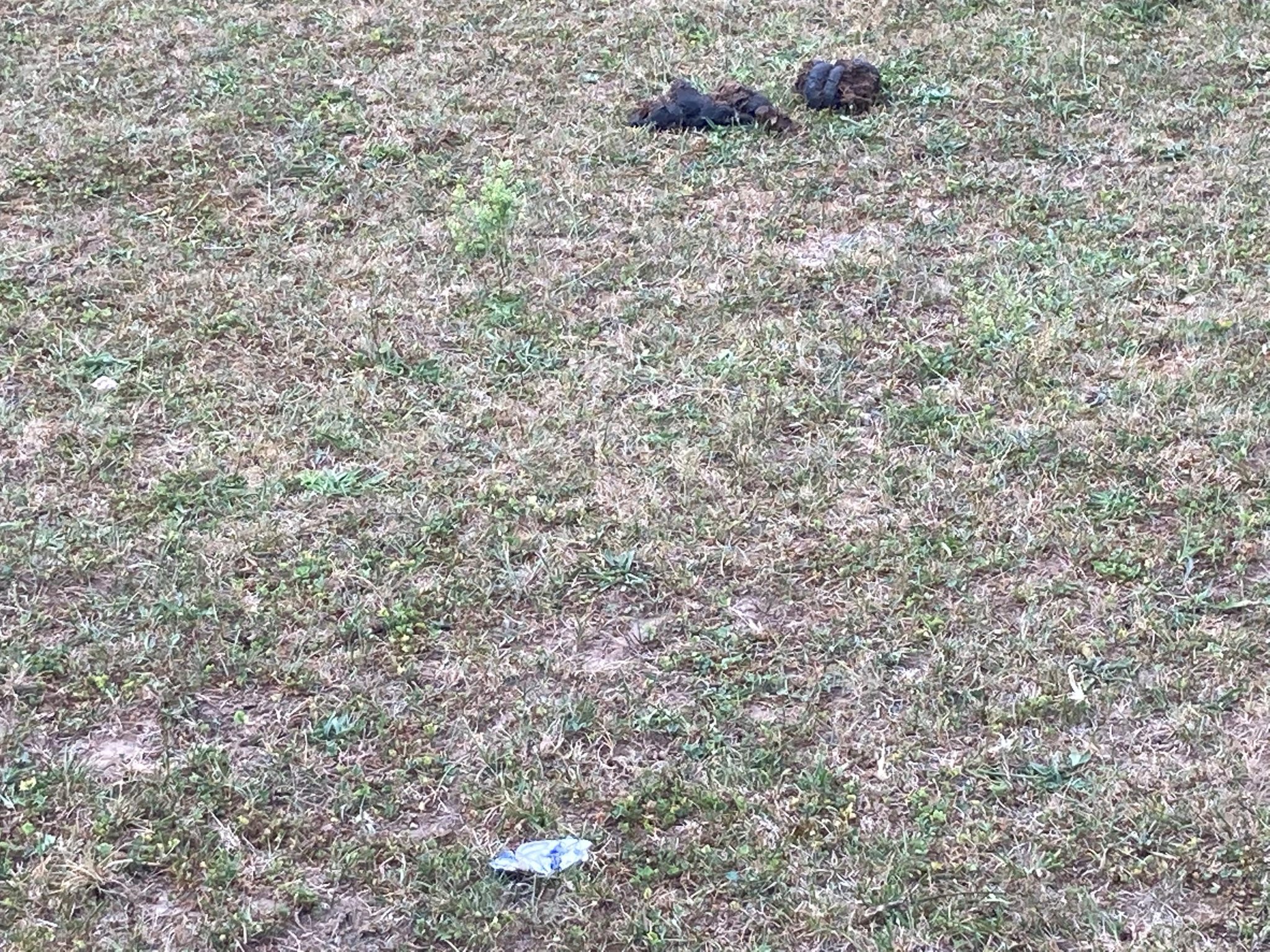
This past week was a return to high summer temperature and lack of moisture.
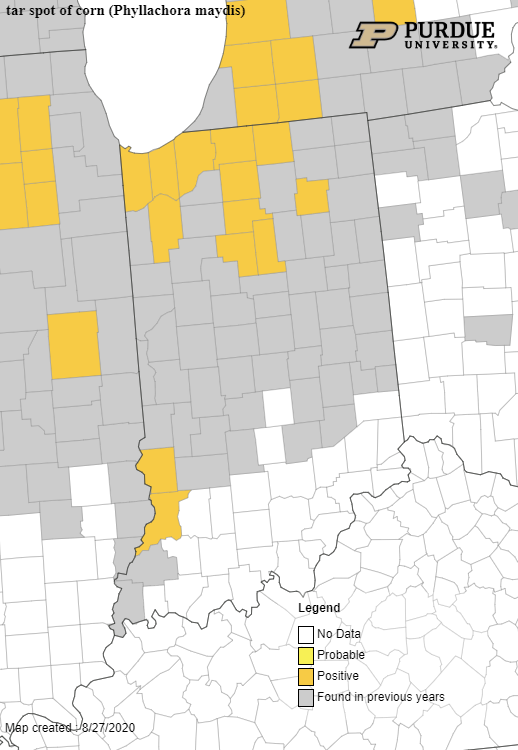
We are starting to see a few diseases in soybean across Indiana.
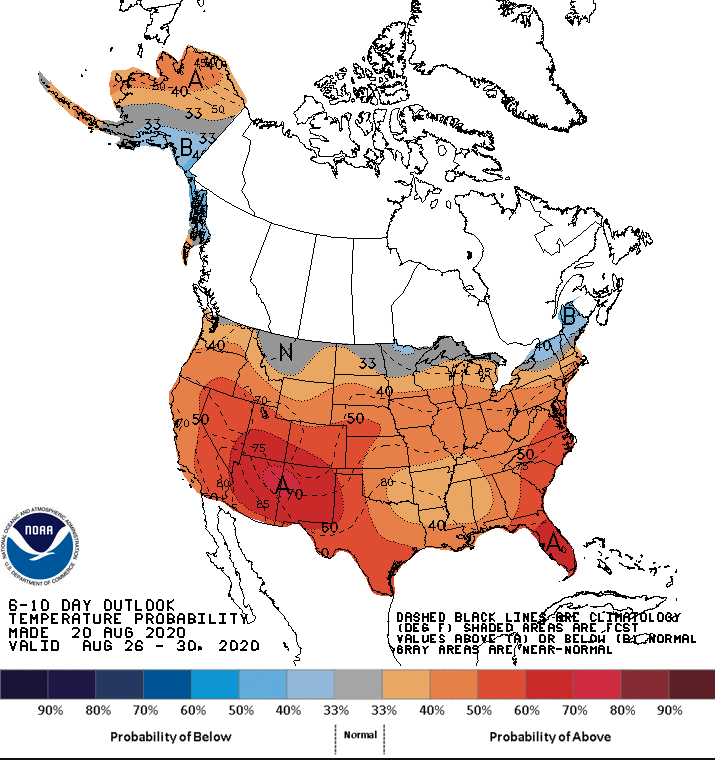
This past week has been so enjoyable temperature- and humidity-wise that it was easy to hope that it was going to stay this way for several more weeks.

What does the word “stockpile” mean to you?

Indiana growers have shown increased interest in utilizing cover crops in our corn and soybean production systems over the last decade. Concurrently, there has also been increased utilization of soil residual herbicides to help manage herbicide-resistant weeds such as marestail (horseweed), waterhemp, and giant ragweed in our corn and soybean production systems. Soil residual herbicides can remain active in the soil for a period of weeks to months after application. The length of time a residual herbicide remains biologically active in the soil is influenced by soil texture, soil pH, organic matter, rainfall, and temperature. Since these factors will vary from field to field, definitive time intervals of residual herbicide activity can be difficult to predict. The use of residual herbicides in our corn and soybean production systems may interfere with establishment of fall seeded cover crops under certain conditions. Unfortunately, many of the species being used for cover crops[Read More…]
On August 20 at noon Eastern Daylight Time, Franklin County Extension Educator Mary Rodenhuis and I will be presenting a sheep/goat webinar on hay evaluation.
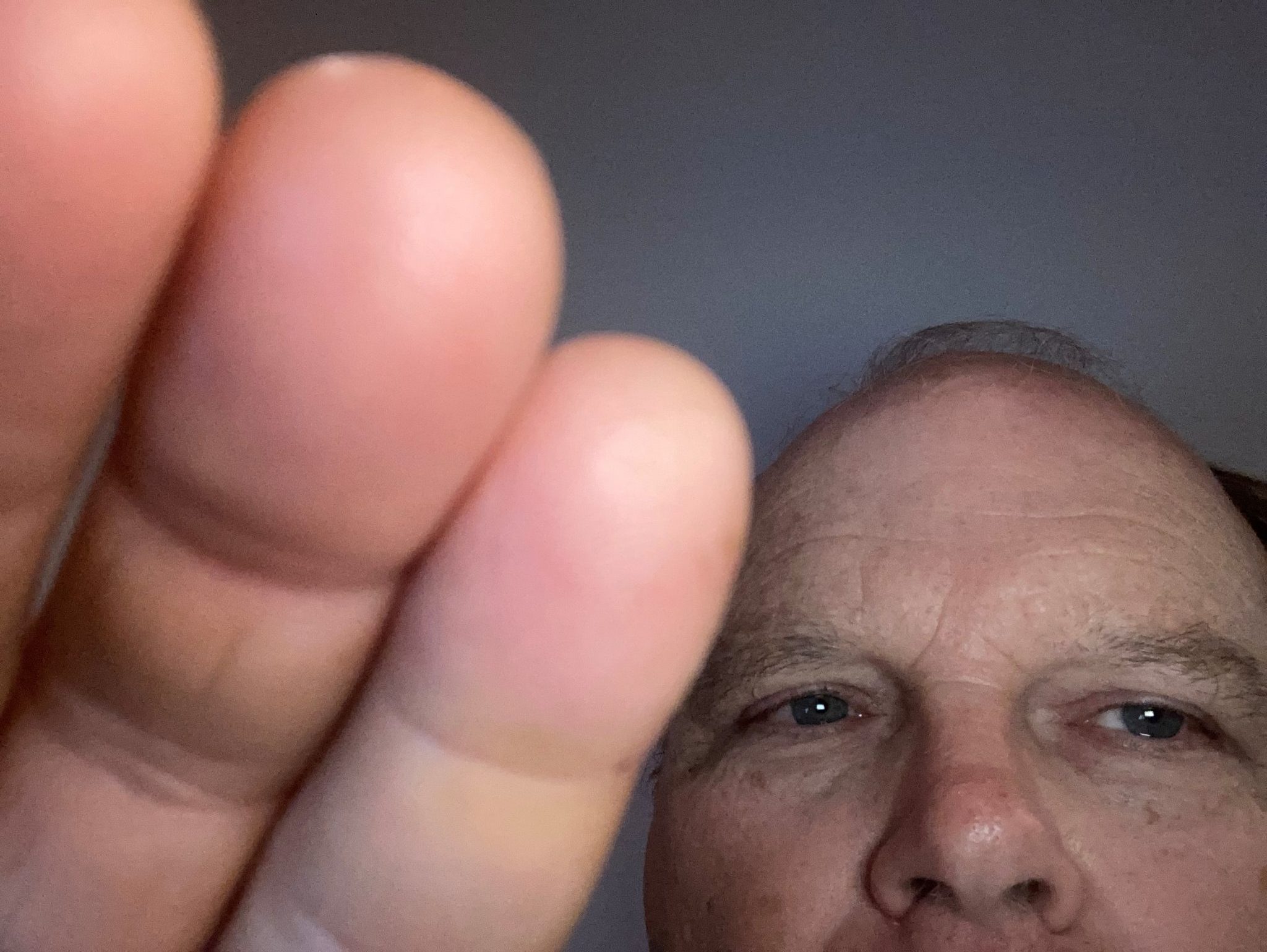
I received a phone call from a shepherd many years ago.

Rain moved across Indiana earlier this week, bringing much-needed precipitation to the northern counties.
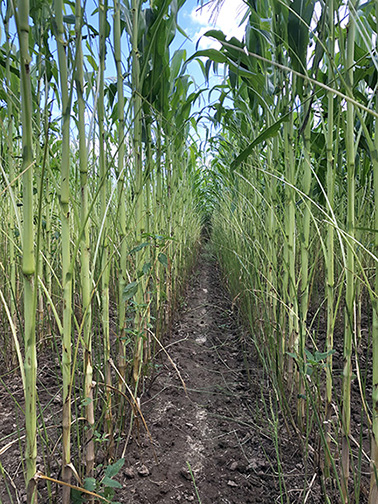
There have been multiple enquiries over the last week concerning corn leaves and forage grasses disappearing!
© 2025 Purdue University | An equal access/equal opportunity university | Copyright Complaints | Maintained by Pest&Crop newsletter
If you have trouble accessing this page because of a disability, please contact Pest&Crop newsletter at luck@purdue.edu.